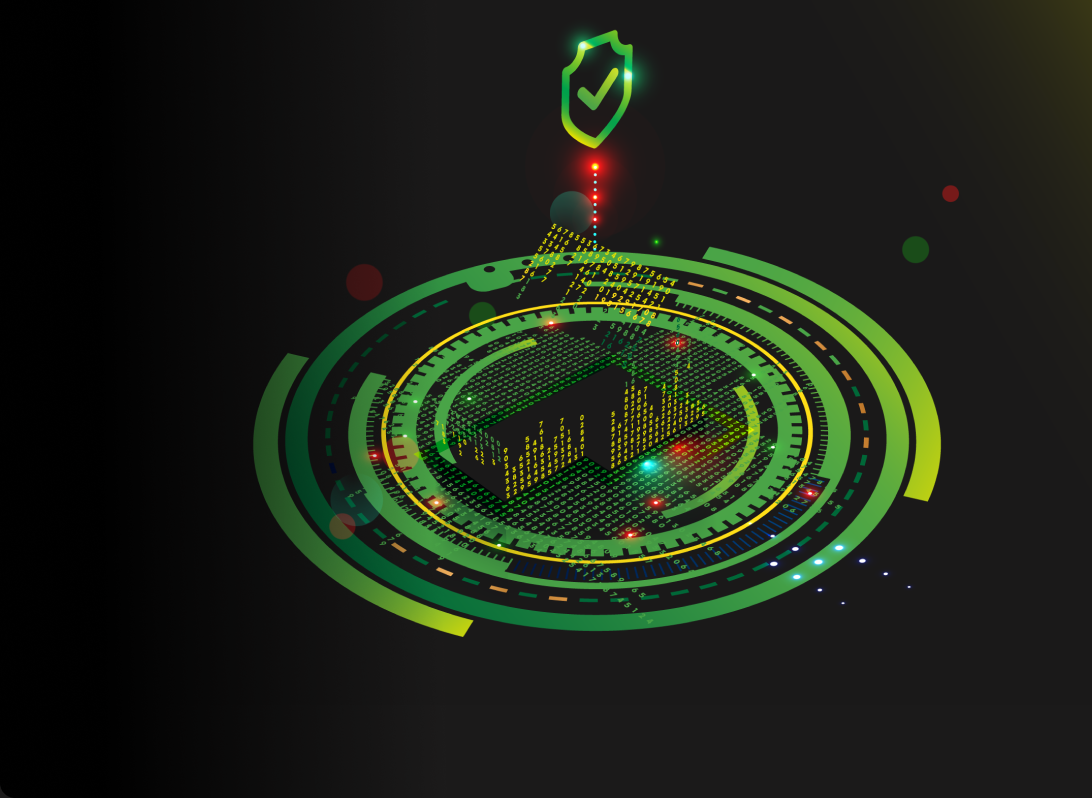
Digital transformation sweeping industries, governments, and societies underscores the urgency for watertight Identity & Access Management (IAM) protocols. IAM governs user authorization, privilege assignment, and access mediation, mediating between service requestors and protected resources. Bolstering IAM frameworks mitigate cyberattacks, preserve privileged information, and assure uninterrupted operations. This information explores the core of digital identity and access management.
What is digital identity?
A digital identity is a representation of an individual, organization, or device within the digital realm. It encompasses attributes, credentials, and other information that uniquely identifies and authenticate entities in online transactions and interactions. Digital identities can take various forms, including usernames, email addresses, digital certificates, biometric data, and more.
The importance of IAM
IAM serves as the foundation for establishing trust, securing digital assets, and enabling smooth access to resources across various platforms and environments. Key reasons why IAM is essential include:
- Security: IAM helps mitigate the risk of unauthorized access, data breaches, and insider threats by enforcing access controls, authentication mechanisms, and identity verification processes.
- Compliance: IAM frameworks facilitate compliance with regulatory requirements and industry standards by ensuring that access to sensitive information is governed and auditable.
- User experience: IAM solutions streamline user authentication and authorization processes, enhancing user experience and productivity while maintaining security and compliance.
- Scalability: As organizations grow and evolve, IAM systems can scale to accommodate changing user populations, access requirements, and technological advancements.
Components of IAM:
IAM comprises several interconnected components that work together to manage digital identities and access rights effectively:
- Authentication: Verifying the identity of users and devices through various methods, such as passwords, biometrics, one-time codes, and multi-factor authentication (MFA).
- Authorization: Determining what resources and services users are permitted to access based on their roles, privileges, and permissions.
- Identity lifecycle management: Managing the entire lifecycle of digital identities, including provisioning, deprovisioning, and maintaining user accounts and access rights.
- Single sign-on (SSO): Allowing users to authenticate once and access multiple applications and services without having to re-enter credentials.
- Identity governance: Establishing policies and controls to govern access to resources, enforce segregation of duties, and ensure compliance with regulatory requirements.
- Privileged access management (PAM): Managing and monitoring privileged accounts and access to critical systems and data to prevent misuse and insider threats.




